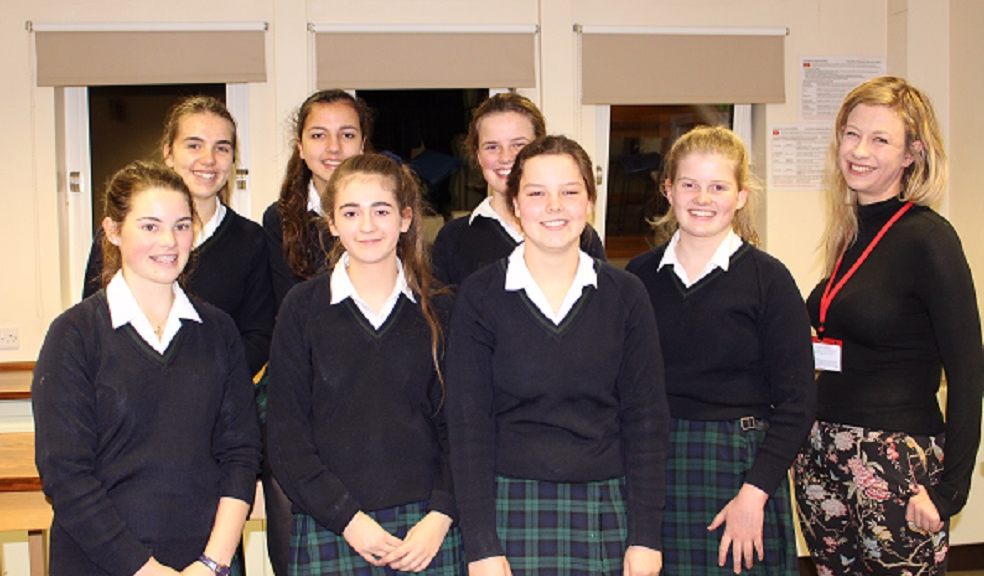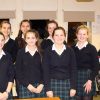
The Maynard: Paving the way in the new Youth STEMM Award
At a time when careers in Science, Technology, Engineering, Maths and Medicine are crying out for women to join their professional ranks, The Maynard School in Exeter has become the first school in the South West to sign up to the new Youth STEMM (Science, Technology, Engineering, Maths and Medicine) Award.
Although launched in 2015, the Award was only opened up last September to independent schools in the UK and, as the leading all girls’ school in the region with a fantastic track record of high-level achievement in the STEM subjects, The Maynard is proud to be the first to step up to the plate in supporting the initiative.
“It is special because it is really new and innovative – there are no other awards on offer like it. It is also really important as we are so short of people in STEM careers in this country, particularly girls,” said Ms York, a science teacher at the school and coordinator for the award.
Several girls in Years 10 and 11 are enrolled in the programme which encourages participants to log STEMM-related activities across four strands: ‘Inspiring the next generation’, ‘Engaging the public’, ‘Developing skills and knowledge’ and ‘Shaping your future’. In a similarly shaped structure to that of the much more established Duke of Edinburgh Award, in this first instance, the Maynard students will be working towards their Bronze Award and will be required to complete a minimum of 10 hours per section whilst covering all five STEMM areas. A silver and gold variation, working towards more advanced skills, will ensue.
Already they have been treated to a visit from Dr Karla-Luise Herpoldt, a Senior Research Fellow at the Institute of Protein Design in Washington, USA and an alumna of The Maynard. Karla designs vaccines and recently created one that prevents fatal intestinal disease amongst malnourished infants in developing countries. She was also crucial to the development of a more targeted form of chemotherapy that kills only cancerous cells and not the surrounding body tissue.
“What an inquisitive bunch those STEMM girls are,” she remarked after joining them at one of their weekly Rocket Club sessions, during which they are tasked with building a rocket to some very challenging specifications. “I am a keen advocate for greater representation of women in science and these STEMM Awards are an incredibly positive initiative and one which I am thrilled to see happening.”














